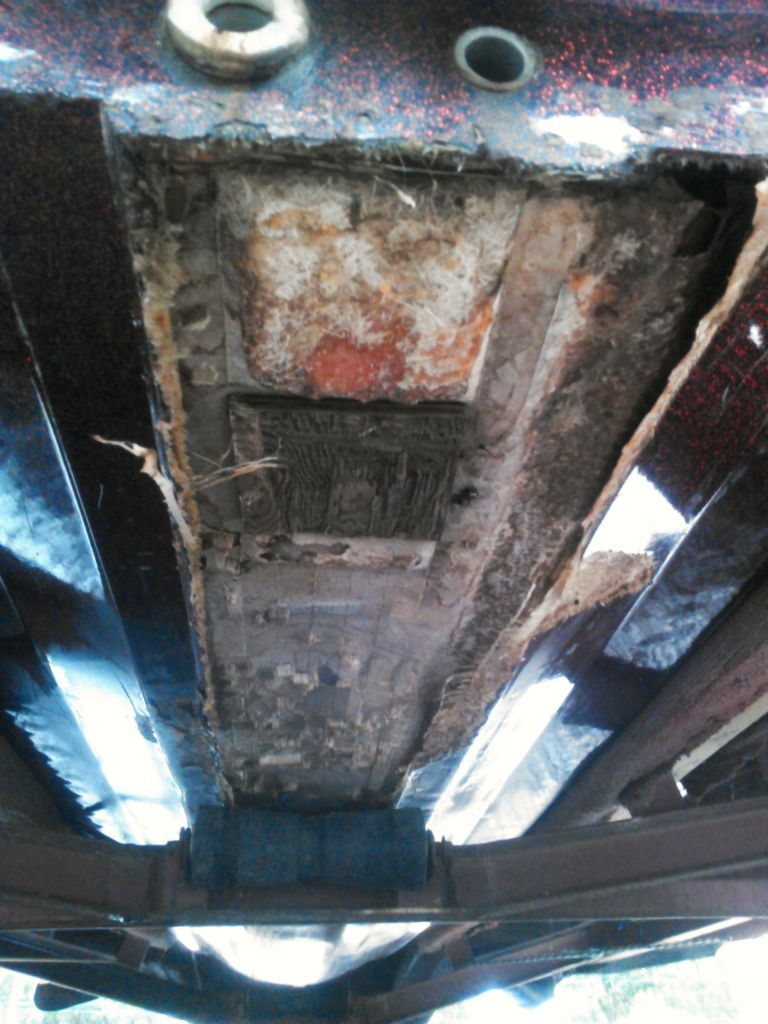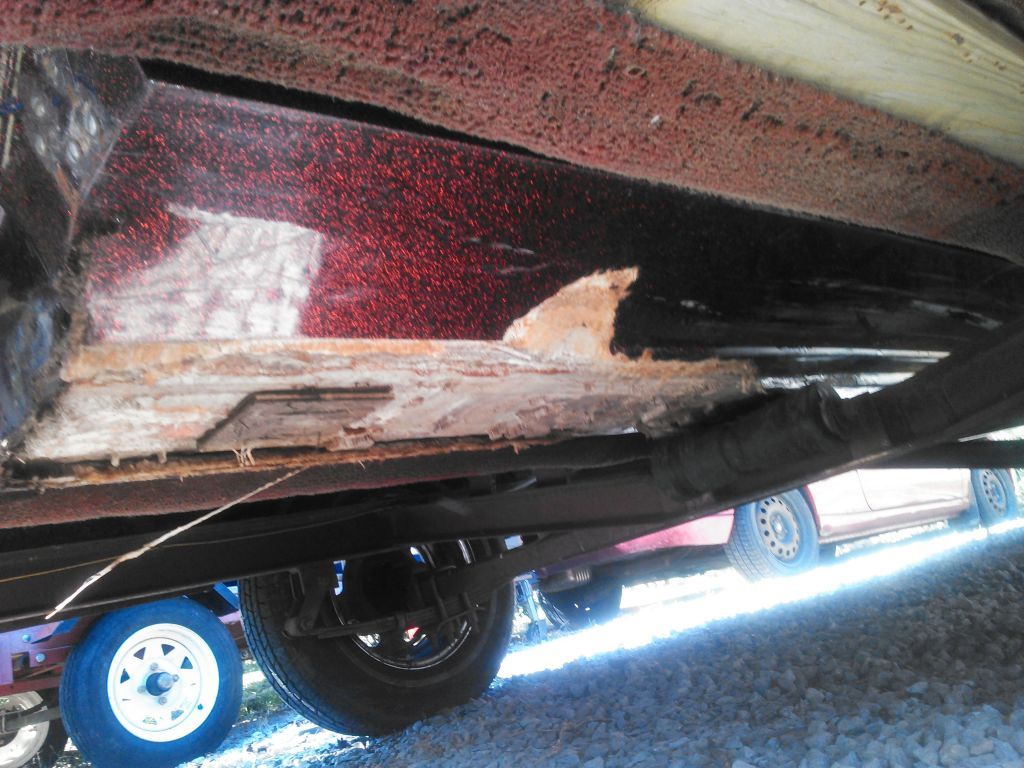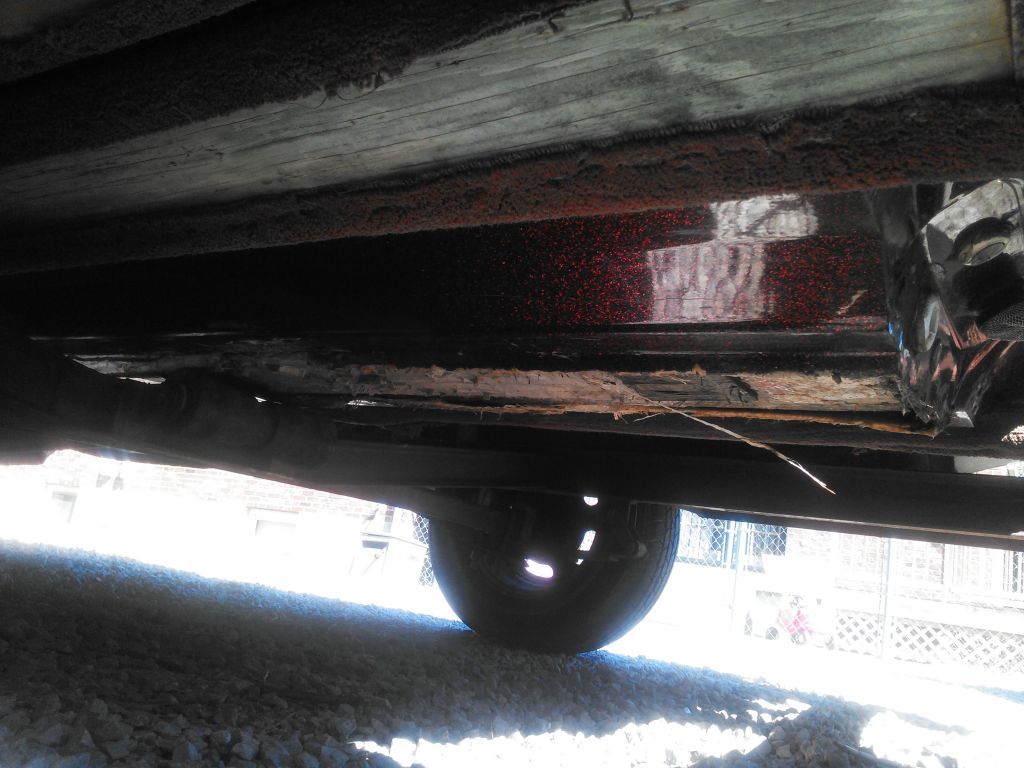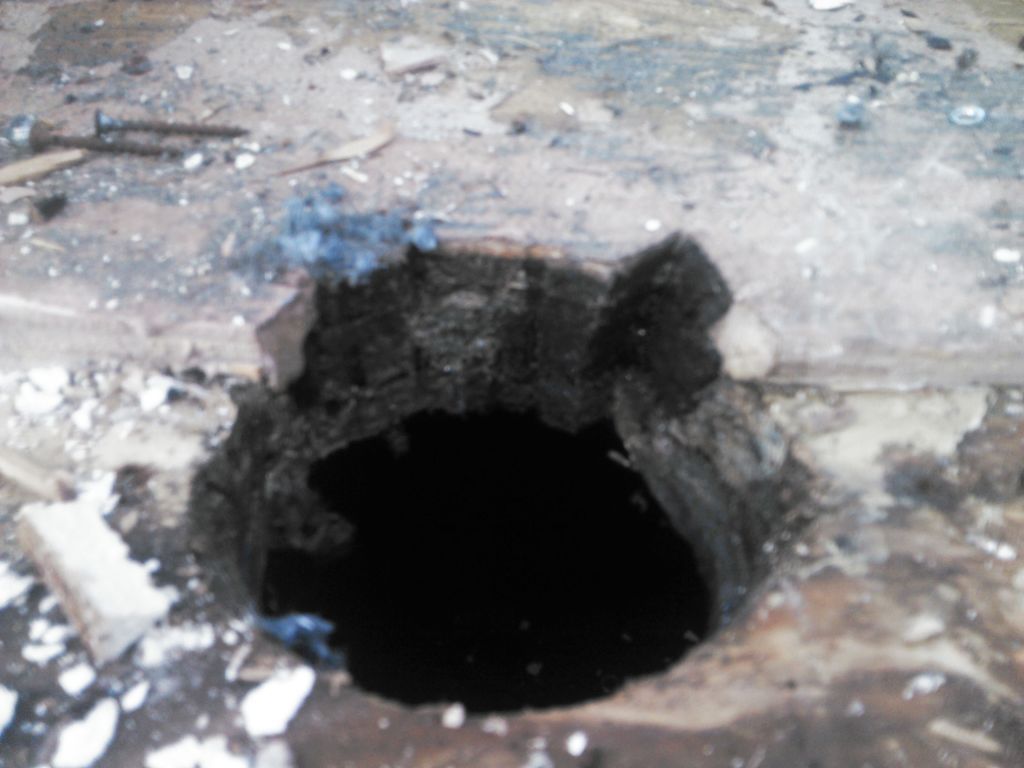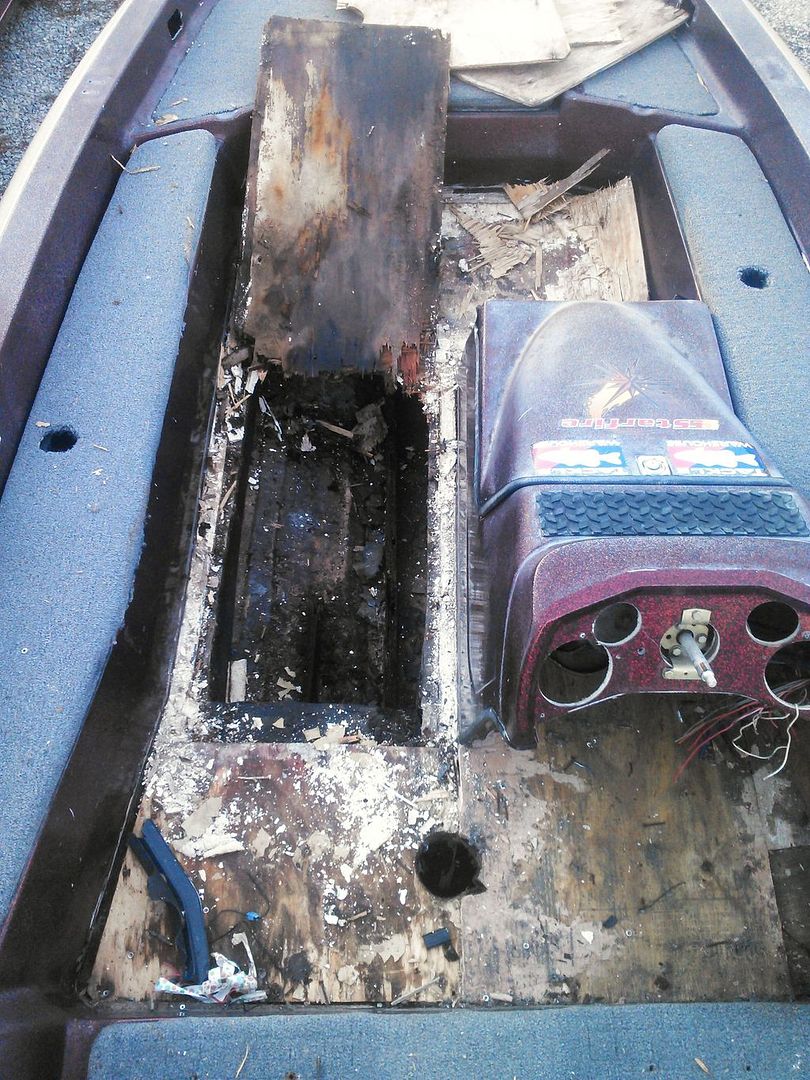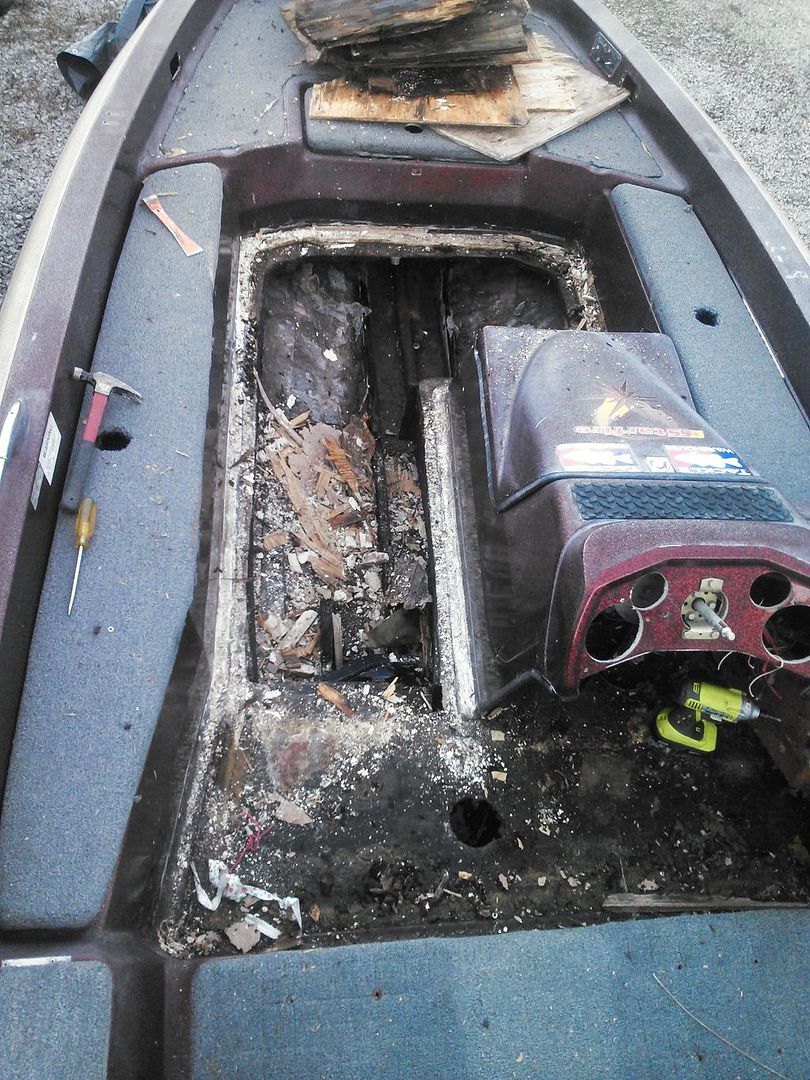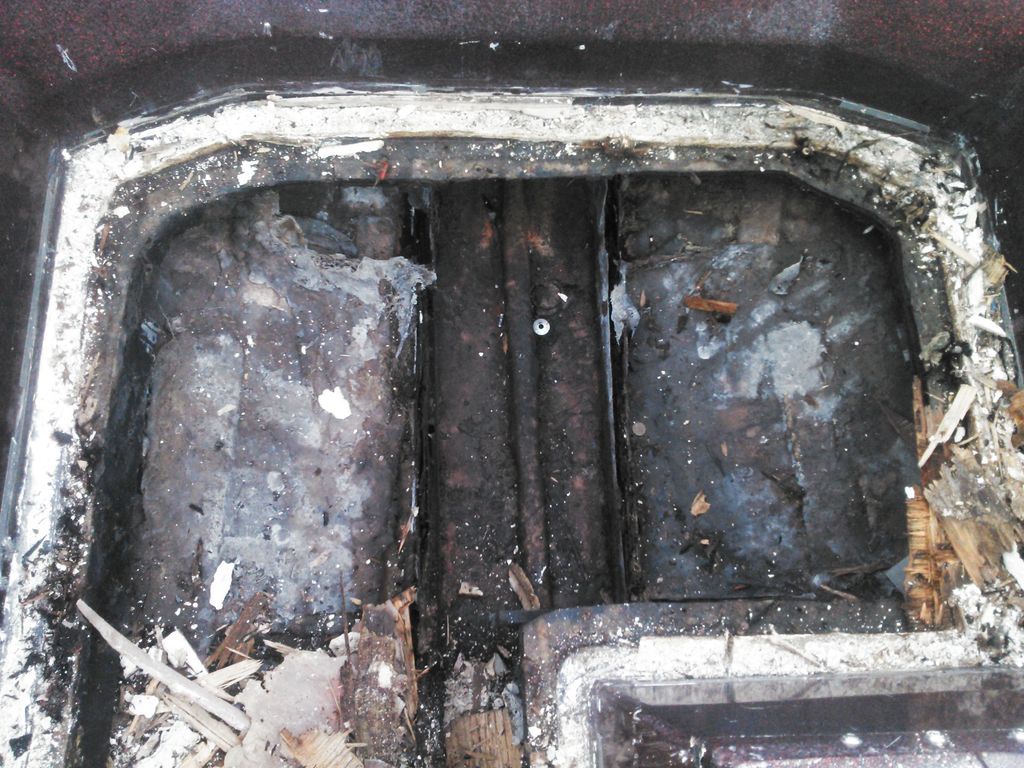trailking82
Petty Officer 3rd Class
- Joined
- Dec 31, 2010
- Messages
- 84
In my intro post a few weeks ago i eluded to rebuilding/restro an old Skeeter Wrangler. Well as luck would have it i ran across another boat, a Skeeter Starfire 175 about 6 years younger. The layout is exactly what i want, the issues are the same as the Wrangler.. Rotten transon, deck and stringers. However in addition to those the keel was ripped from the rear of the boat. I am assuming at some point there was damage and was "repaired". The repair gave way and left a large hole in the bottom. I am assuming this is repairable... Its fiberglass after all. I am not sure exactly how to do it, in my mind i have thought of many ways, but what seems logical is making a mold attaching it and start glassing it each layer larger than the first. I know this will be labor intensive and ultimately expensive but i am ok with it as i have no deadline to meet on the rebuild. Considering the hull will be gutted prior to the start does this seem possible, or should i steer away and continue on the wrangler rebuild? Attached are some pictures.
